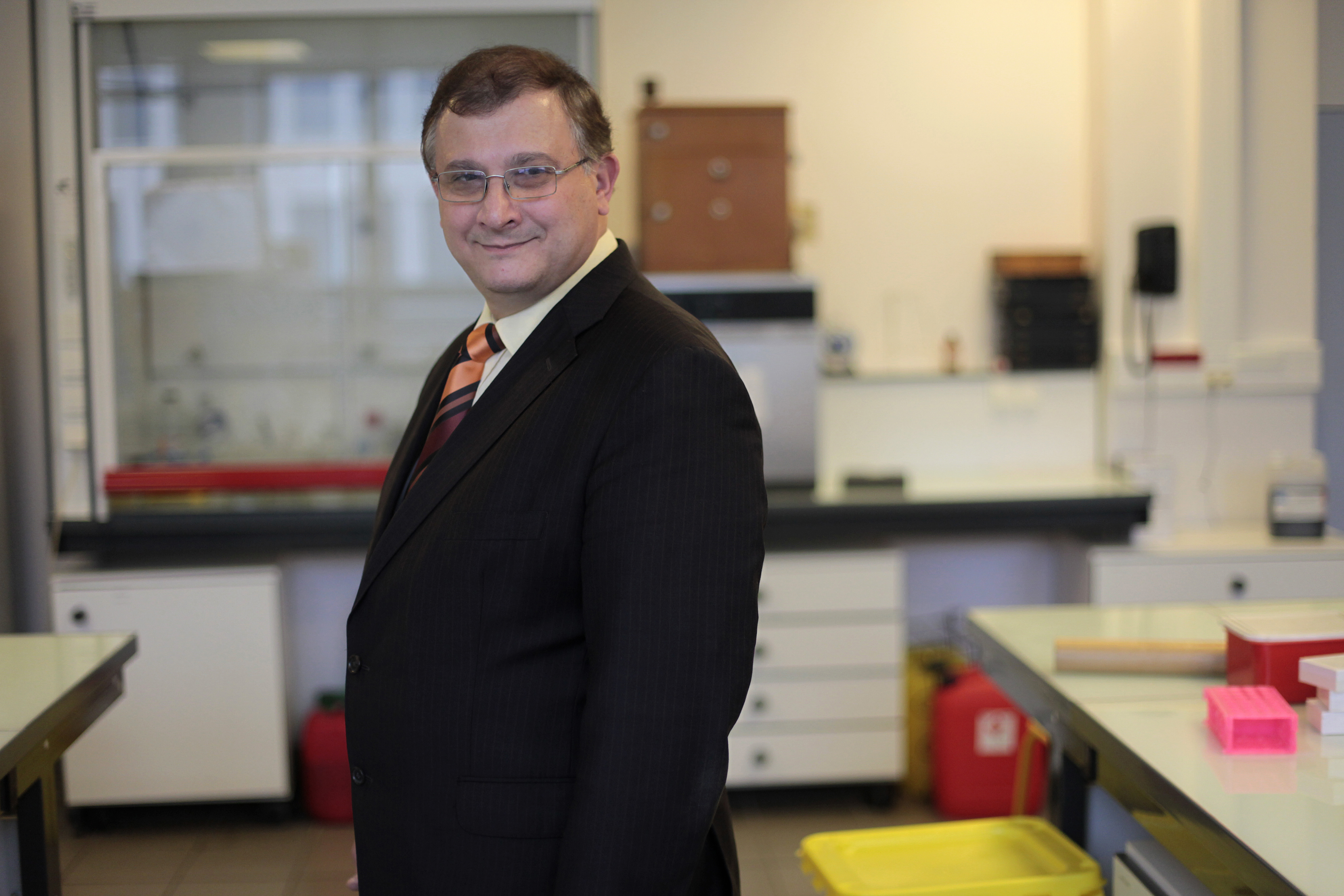I take [Séralini’s study] seriously. Attacks on scientists who highlight risks of GM plants are normal. It’s always the same industry-linked GM proponents who immediately try to defame the critical studies and their authors in a concerted campaign. This is about money. Now they’re pointing the large caliber weapons at Séralini, because his feeding study focused on the health of animals, which in turn serve as a model for humans.
[The criticism that Séralini chose a cancer-prone rat strain] is an absurd argument. Séralini chose the same strain of rat as Monsanto. Do we really think that a substance should be tested on an animal that is not sensitive to it? With these defamations they wanted to distract us from the fact that Séralini used the same methodology as Monsanto. Because if you take Séralini seriously as a researcher, you have to take seriously his study and the comparison with Monsanto’s study. That would put into question Monsanto’s study and hence the approval of GM maize.
[Séralini’s] study does not stand as a final judgment on the dangers of the GM crop itself or on the herbicide with which it is sprayed. One study alone cannot say whether the corn or the spray is carcinogenic. But the results are alarming. More independent investigations are desperately needed. Séralini has shown the importance of long-term studies. The studies of industry on which regulatory authorisations are based take a maximum of 90 days. For a serious assessment that is simply not enough. Incidentally, the producer, Monsanto, in its 90-day study had already identified organ damage in rodents. Only these effects were dismissed as “biologically irrelevant.”
Angelika Hilbeck, senior scientist, Institute of Integrative Biology, ETH Zurich (Swiss Federal Institute of Technology) (1)
(1)Battaglia D. Kritische Gentech-Forschung: “Hier geht es um viel Geld” [Crucial GM research: “This is about large sums of money”]. Tages Woche. 2 November 2012. http://www.gmwatch.org/latest-listing/51-2012/14451

















